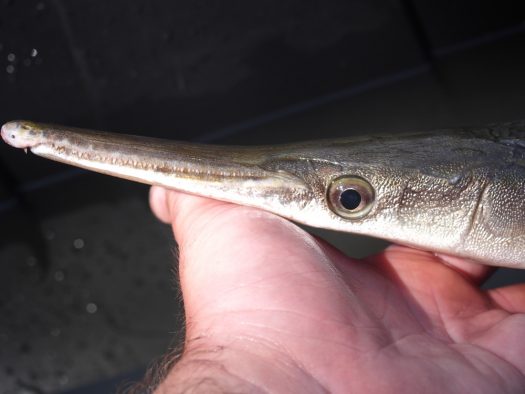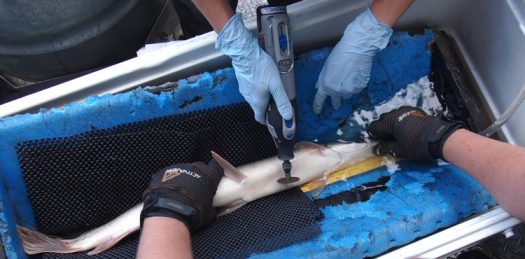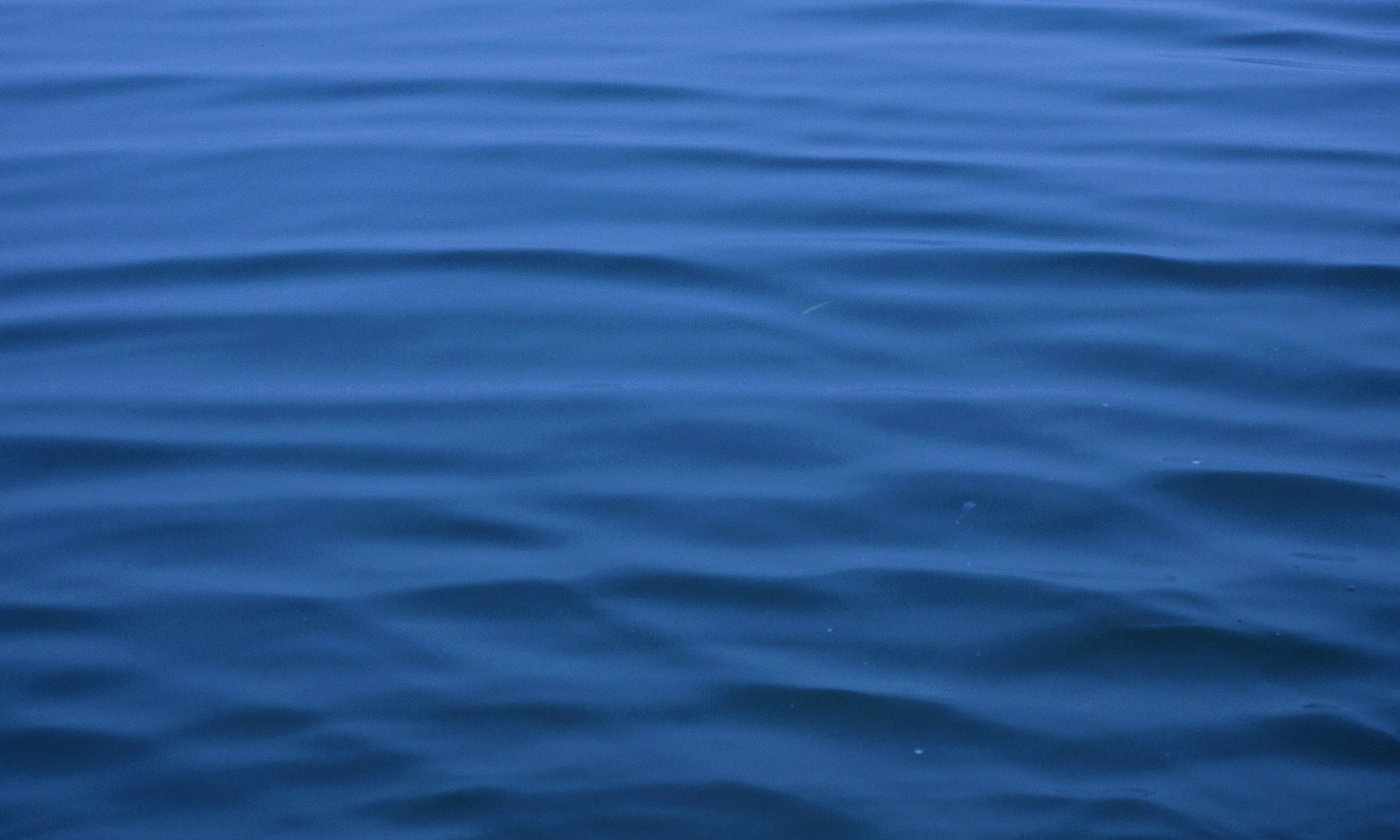 Knowledge regarding the movement of wild fishes provides valuable information of their spatial ecology, habitat use, and migration patterns. Research is lacking to describe movement of gars, particularly Shortnose Gars. The Sport Fish Ecology Lab is working to understand the movement of these fish and their habitats, using the following two studies to get started on tracking Shortnose Gar in their natural habitats.
Knowledge regarding the movement of wild fishes provides valuable information of their spatial ecology, habitat use, and migration patterns. Research is lacking to describe movement of gars, particularly Shortnose Gars. The Sport Fish Ecology Lab is working to understand the movement of these fish and their habitats, using the following two studies to get started on tracking Shortnose Gar in their natural habitats.
Study 1: Evaluate wound healing rate of Shortnose Gar using specialized surgical methods to internally implant acoustic transmitters.
Intracoelemic transmitter implantation has been shown to have limited adverse effects on fishes and is considered the best method for long-term tracking relative to gastric insertion or external attachment. Standardized surgical methods for transmitter implantation for teleost’s are well known in the literature, however, traditional techniques using a scalpel are not possible on more primitive fishes such as Lepisosteids due to the complexity of their armored, ganoid scales. This attribute poses a unique challenge for internal implantations.
 A specialized method to breach ganoid scales of Longnose Gar was developed by Midwood et al. (2018). This procedure utilizes an electric rotary tool with a cutting blade to breach the ganoid scales and drill bit to pre-drill suture holes. To evaluate survival and initial wound healing rate of Shortnose Gar with these specialized methods, we conducted a sham surgery study at the University of Illinois Pond Facility in the summer of 2018. Shortnose Gar recovered from sedation in under 5 minutes and surgical wounds healed in approximately 2 weeks. Results from this study were published in the North American Journal of Fisheries Management in 2020.
A specialized method to breach ganoid scales of Longnose Gar was developed by Midwood et al. (2018). This procedure utilizes an electric rotary tool with a cutting blade to breach the ganoid scales and drill bit to pre-drill suture holes. To evaluate survival and initial wound healing rate of Shortnose Gar with these specialized methods, we conducted a sham surgery study at the University of Illinois Pond Facility in the summer of 2018. Shortnose Gar recovered from sedation in under 5 minutes and surgical wounds healed in approximately 2 weeks. Results from this study were published in the North American Journal of Fisheries Management in 2020.
Study 2: Evaluate habitat use (backwater, side channel, tributary, and main channel) of Shortnose Gar in response to season, discharge, and other abiotic factors in the Lower Illinois River.
In 2018, we initiated a field study in the lower Illinois River near Beardstown to examine movement and habitat use of Shortnose Gar. Gar were affixed with acoustic transmitters following methods used in our sham surgery study and stationary receivers were deployed in backwaters (Lilly Lake, Muscooten Bay, Treadway Lake), tributaries (La Moine River and Sangamon River), side channels, and the main channel of the Illinois River to record fish movements. These data will provide us with valuable information about the range of individuals, their seasonal movement patters, and habitat use. This study is ongoing and will continue through 2020.

